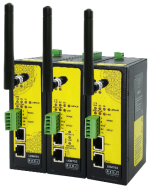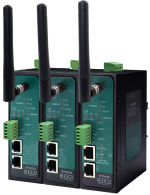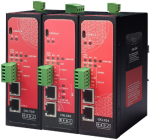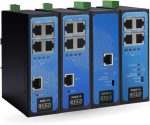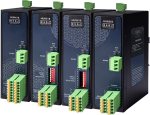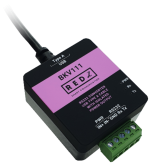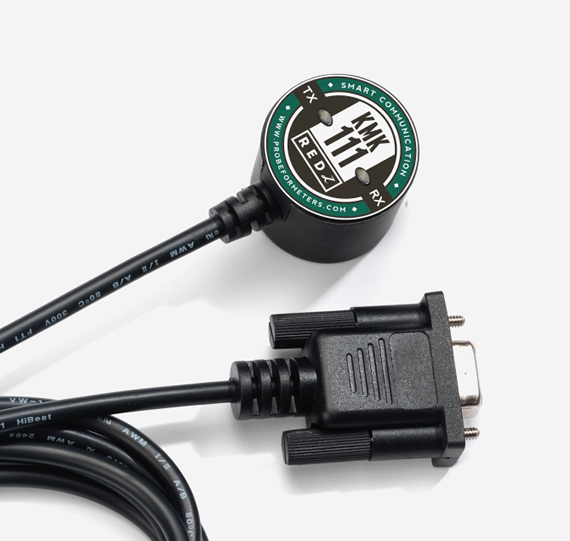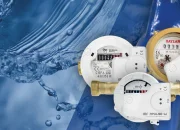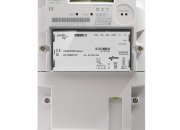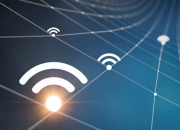1. Introduction to IEC 62056-21
IEC 62056-21, also known as the DLMS/COSEM (Device Language Message Specification/Companion Specification for Energy Metering), is an international standard for communication with electricity meters. Developed by the International Electrotechnical Commission (IEC), this protocol standardizes the way data is exchanged between meters and various devices or systems, ensuring interoperability and efficient data management. It plays a crucial role in modern energy management systems, facilitating accurate data collection and billing.
2. IEC 62056-21 Fundamentals
IEC 62056-21 provides a framework for data exchange over various communication media such as serial ports, optical interfaces, and more. The protocol defines the physical, data link, and application layers, ensuring comprehensive communication coverage. The core structure includes commands for data reading, writing, and managing the communication session. By adhering to a standardized format, IEC 62056-21 ensures reliable and consistent data transmission, which is essential for accurate energy monitoring and management.
“This standard is based on the reference model for communication in open systems. It is enhanced by further elements such as an optical interface, protocol controlled baud rate switchover, data transmission without acknowledgement of receipt. The protocol offers several modes for implementation in the tariff device. The HHU or equivalent unit acts as a master while the tariff device acts as a slave in protocol modes A to D. In protocol mode E, the HHU acts as a client and the tariff device acts as a server”
Reference: https://webstore.iec.ch/en/iec_catalog/product/preview/?id=L3B1Yi9wZGYvcHJldmlldy9pbmZvX2llYzYyMDU2LTIxe2VkMS4wfWIucGRm
3. IEC 62056-21 Communication Process
The communication process in IEC 62056-21 involves a master-slave model, where the meter acts as the slave and the reading device (e.g., a handheld unit or a central system) acts as the master. The master initiates communication by sending a request to the meter, which then responds with the required data or acknowledgment. The protocol supports both direct and indirect addressing, allowing flexible and efficient data retrieval. Error detection mechanisms, such as parity checks and checksums, are implemented to ensure data integrity and reliability.
4. IEC 62056-21 Implementation
Implementing IEC 62056-21 requires compatible hardware, such as electricity meters with built-in support for the protocol, and software capable of interpreting and processing the data. The physical connection can be established via optical ports or serial interfaces, depending on the meter's design. Software implementation involves configuring the communication parameters and developing or using existing applications to manage the data exchange. Proper implementation ensures seamless integration of the meters into the broader energy management system.
5. IEC 62056-21 vs. Other Metering Protocols
IEC 62056-21 stands out among other metering protocols due to its comprehensive approach to data exchange and interoperability. Compared to older protocols like IEC 61107, IEC 62056-21 offers enhanced functionality and flexibility, supporting a wider range of communication media and more complex data structures. While some protocols might be simpler and more cost-effective for basic applications, IEC 62056-21 is preferred for its robustness and scalability, making it suitable for advanced metering infrastructure (AMI) and smart grid applications.
6. Advantages and Limitations of IEC 62056-21
IEC 62056-21 offers several advantages, including standardized communication, interoperability between different manufacturers' devices, and support for various communication media. Its structured approach to data exchange ensures accuracy and reliability, which is critical for billing and energy management. However, the protocol can be complex to implement and may require more advanced hardware and software capabilities. Additionally, the need for standardized interfaces might increase costs compared to simpler, proprietary protocols.
7. Applications of IEC 62056-21 in Industry
IEC 62056-21 is extensively used in the energy sector for accurate and reliable data collection from electricity meters. Utilities employ this protocol to facilitate automatic meter reading (AMR), enabling efficient billing and customer service. It also supports advanced metering infrastructure (AMI), which provides real-time data for demand response and energy management programs. The protocol's flexibility and reliability make it suitable for large-scale deployments in residential, commercial, and industrial settings.
8. Future of IEC 62056-21
The future of IEC 62056-21 is promising, driven by the ongoing advancements in smart grid technologies and the increasing demand for efficient energy management. As the energy sector continues to evolve, integrating renewable energy sources and enhancing grid stability, IEC 62056-21 will play a pivotal role in ensuring seamless communication and data exchange. The protocol's adaptability to new communication technologies, such as wireless and IoT, will further enhance its relevance in the future.
9. Conclusion
IEC 62056-21 is a vital protocol for the energy industry, providing a standardized method for communication with electricity meters. Its comprehensive structure, reliability, and interoperability make it an essential tool for modern energy management systems. Despite its complexity, the benefits of accurate data collection and efficient energy management outweigh the challenges. As technology advances and the energy landscape evolves, IEC 62056-21 will continue to be a cornerstone of efficient and reliable metering communication.


